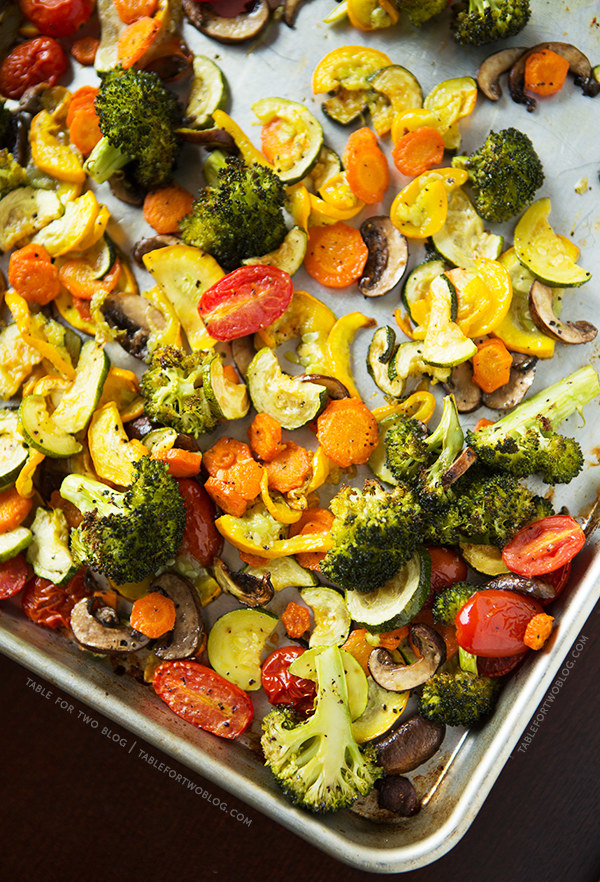
1. Master the art of stir fry.


Stir fry is quick and delicious, every time. All you really need is a good wok, one that's deep enough to give your veggies enough room to cook. After that, choose an oil with a high smoke point (like corn oil), sauté aromatics, add spices, cook the rest of the vegetables, and you're done!
2. Or try making sushi bowls, starting with rice, vinegar, and furikake (rice seasoning).
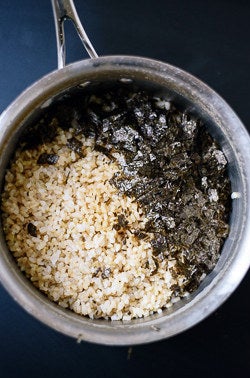

If you used to eat meat or even if you never did, you'll probably crave sushi at some point and tbh, who has time to make tiny, beautifully compact rolls of sushi?! The solution: sushi bowls. You can even make them for as cheap as $7. After you finish your base (rice, rice vinegar, and rice seasoning), you can add whatever toppings you'd like, including julienned carrots, zucchini, edamame, and sesame seeds. Heck, put an egg in there! Get radical!
3. If you're trying to make tofu your meat substitute, try TVP instead; its' a vegetable protein that's better for re-creating ground meat.
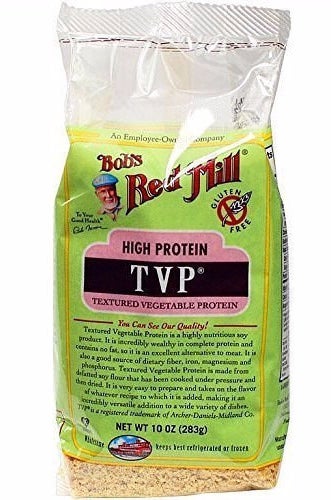
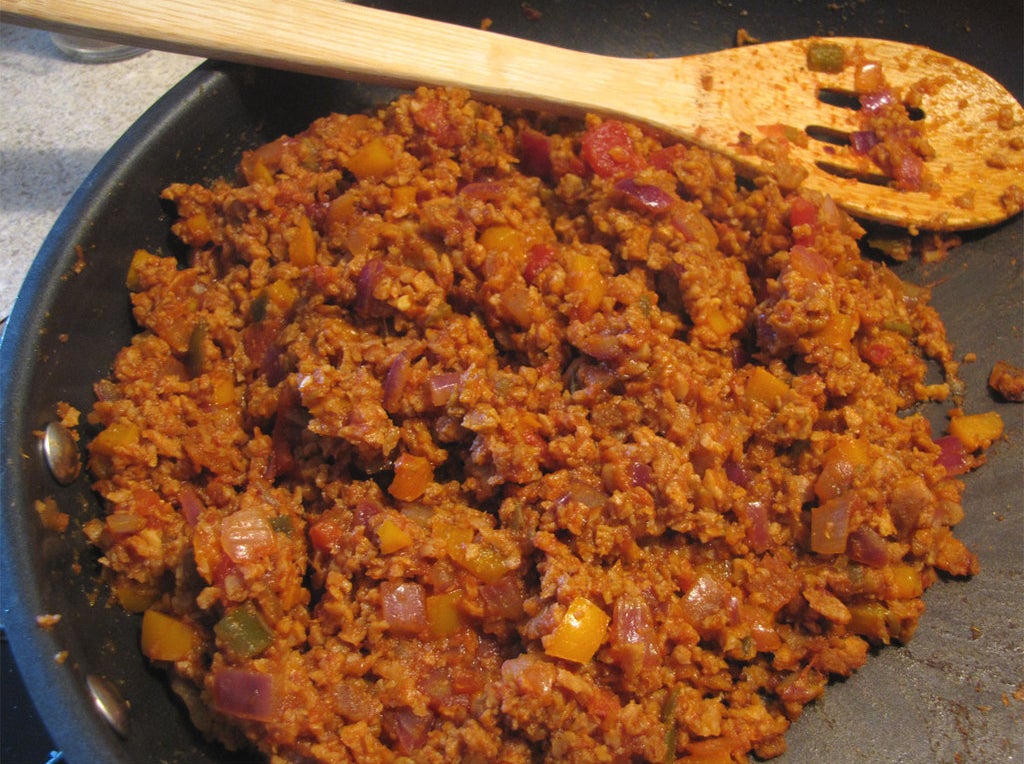
4. Figure out how to cook with different types of tofu and you might learn to like it.
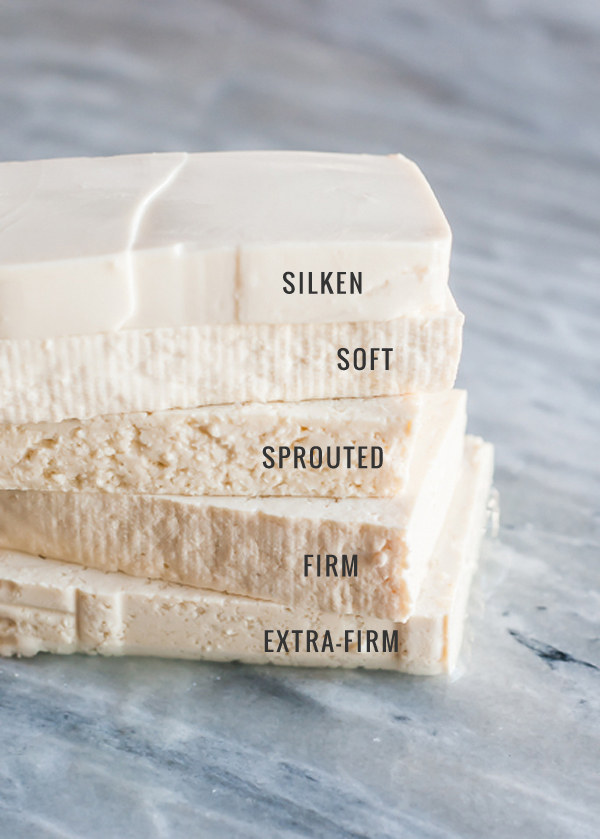
5. To get really crispy pieces of tofu, dry them before frying.


The drier the tofu is, the better success it has for crispiness. After drying, fry the slices in a heavy cast iron skillet over medium heat. Another way to make tofu really crunchy is to roll the pieces in corn starch and then pan-fry, which involves a little more fat and cooking on low heat.
6. And if you're tired of tofu, try using seitan (wheat protein).

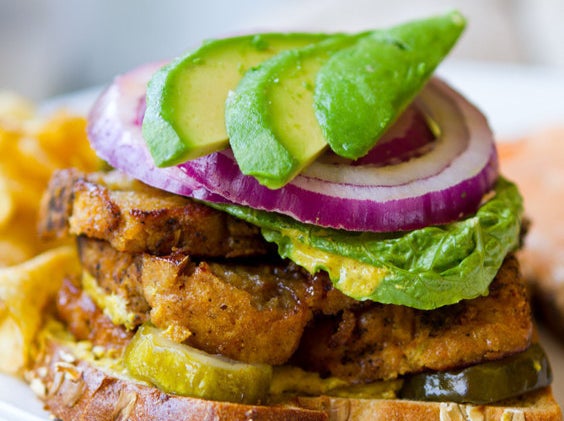
While it might not look the most appetizing, seitan is ridiculously good. Use it for stir-fry, sandwiches, pasta, anything! Learn how to make it here or if that's too difficult, buy it from a store and try it in any of these recipes.
7. Cook with haloumi cheese to achieve a really fatty and salty flavor.


You can even learn how to make it yourself! Then grill it like a steak and slap it on to anything for an ambrosial experience (like these grilled cheeses).
8. Make a variety of pureed nut sauces to upgrade any dish.
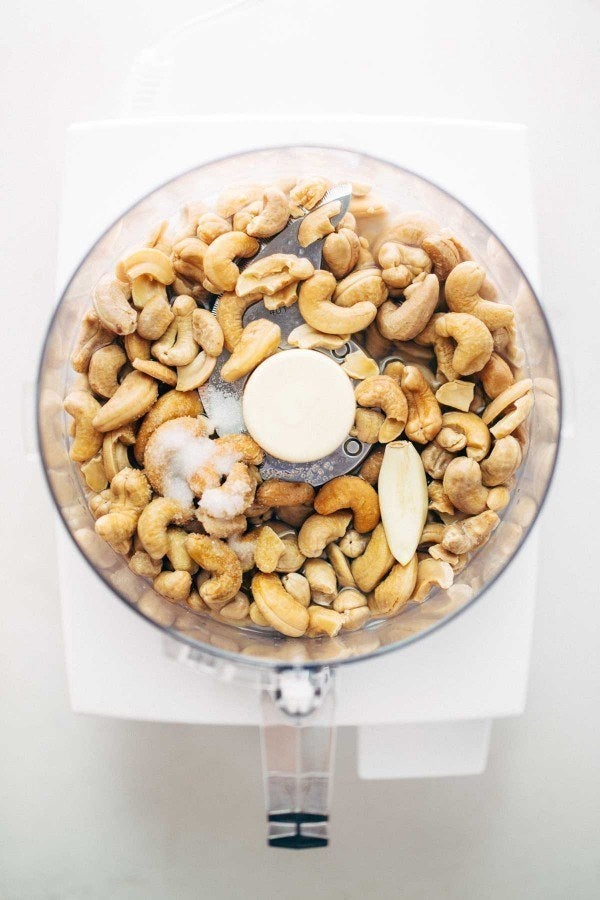
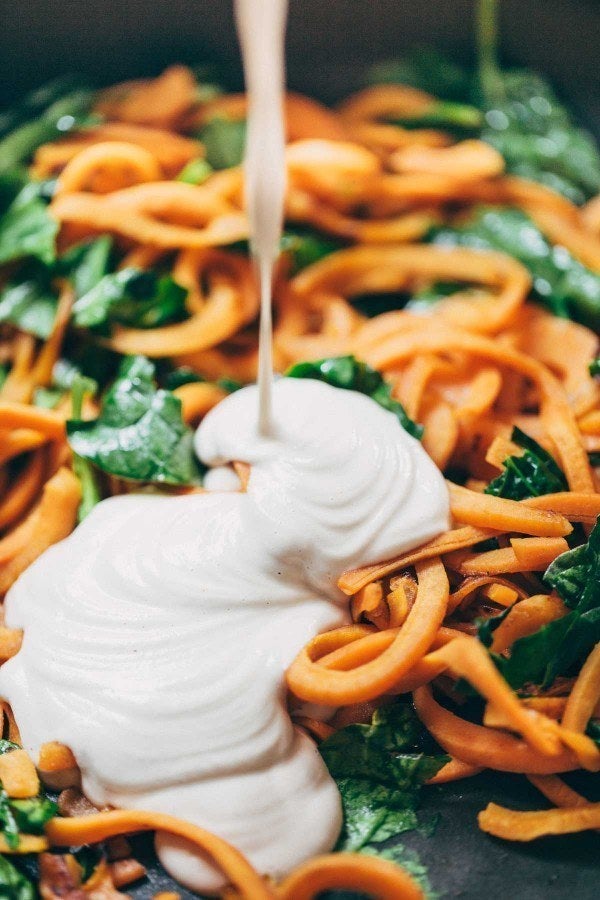
It's tasty, healthy, vegan, and easy! Just look at this 5 minute cashew sauce recipe.
9. To really strengthen the flavors of your dishes, sauté aromatics first, then add spices.

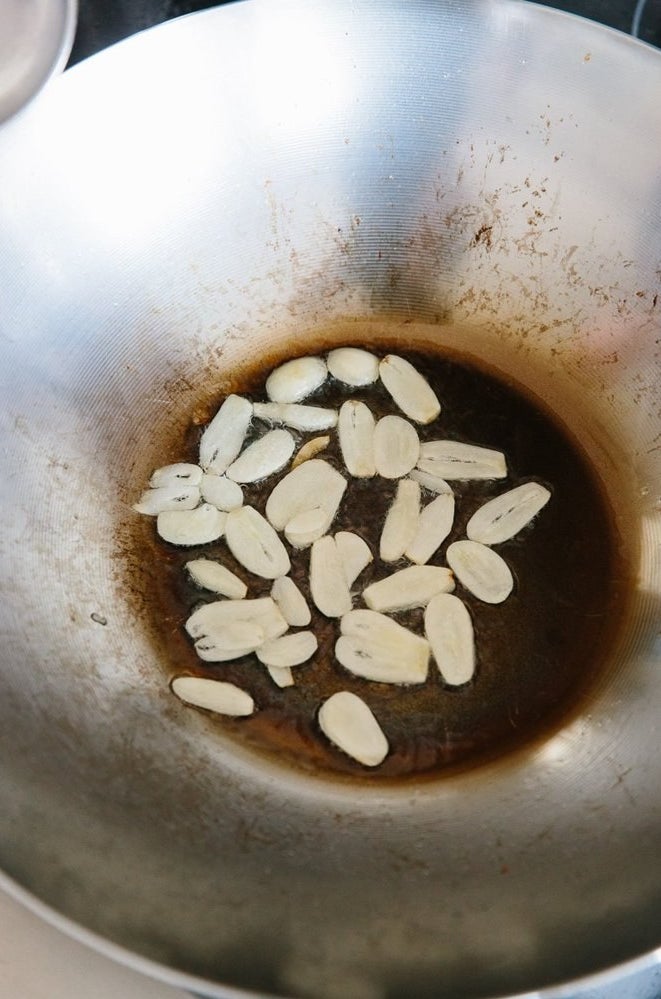
Aromatics usually consist of garlic, onions, ginger, and celery. You can get a better idea of aromatic pairings here. After sautéing for a few minutes, add your spices and continue cooking for 1-2 minutes before adding the rest of the ingredients. See an easy stir-fry vegetable recipe here and a guide to basic curries here.
10. Experiment with a variety of oils to achieve unique flavors.


Did you know pistachio oil goes well with eggplant? Or that avocado oil can be used for stir-fry? There's so much experimentation to be done! In general, the higher the smoke point, the more ways you're able to cook with the oil. For sautéing, you don't necessarily need an oil with a high smoke point but for stir-fry, it works best when using a high smoke point oil like peanut or safflower oil.
11. For unexpected sources of umami seasoning, try using kombu or miso.
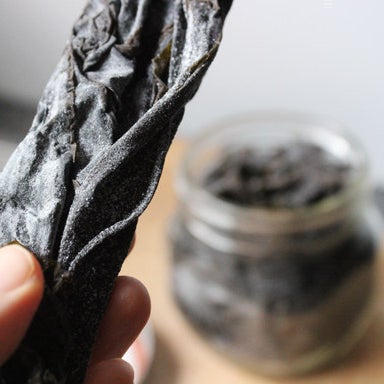

12. For a cheesy, Parmesan-like seasoning, use nutritional yeast.

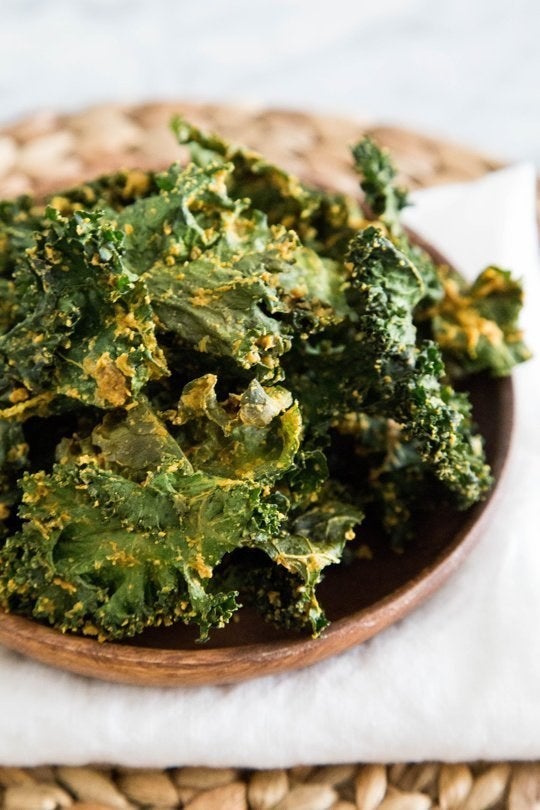
You can add it to anything you'd like, especially popcorn. It's a little stronger and saltier than Parmesan and has a good amount of vitamin B. Recipe for highly irresistible popcorn here.
13. Roast your spices and grind them together to make unique spice mixes.


Dry roasting is a great prep step for spice grinding, since it gets rid of excess moisture and it makes the spices crispier. Roast them by tossing whole spices in a dry skillet over medium heat. A common Masala mix includes coriander, cumin, poppy seeds, red chili, cardamom, cloves, and cinnamon. Check out a recipe here. In general, it's better to buy whole spices and to keep them away from light and heat.
14. Be adventurous with spices and try something new, like asafoetida (hing).
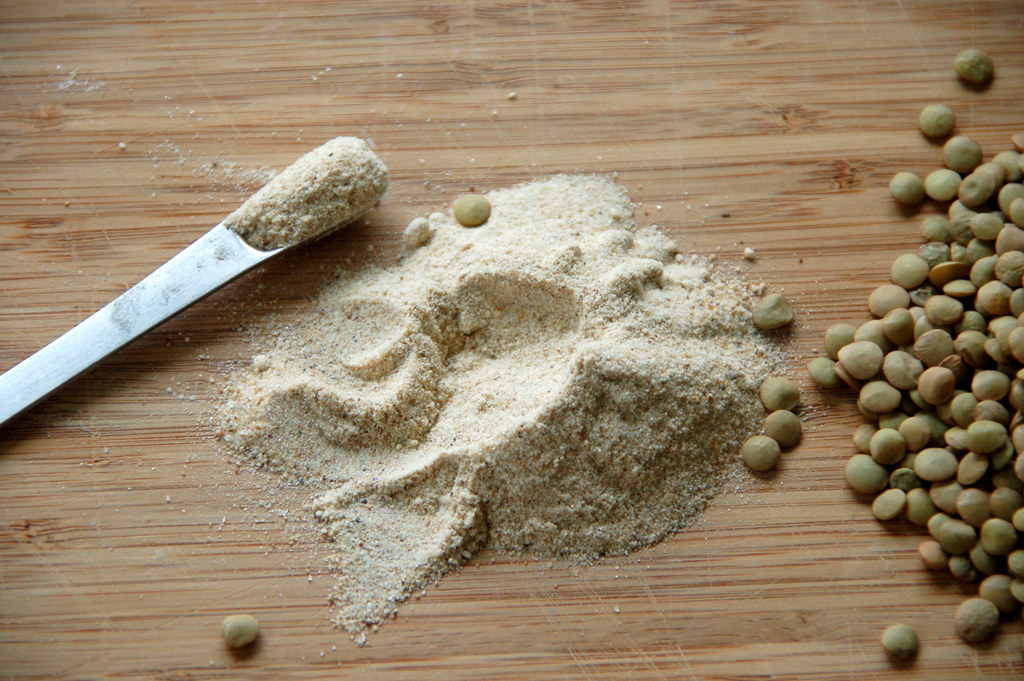
15. Make your dishes more savory by sautéing tomato paste before adding to your recipe.
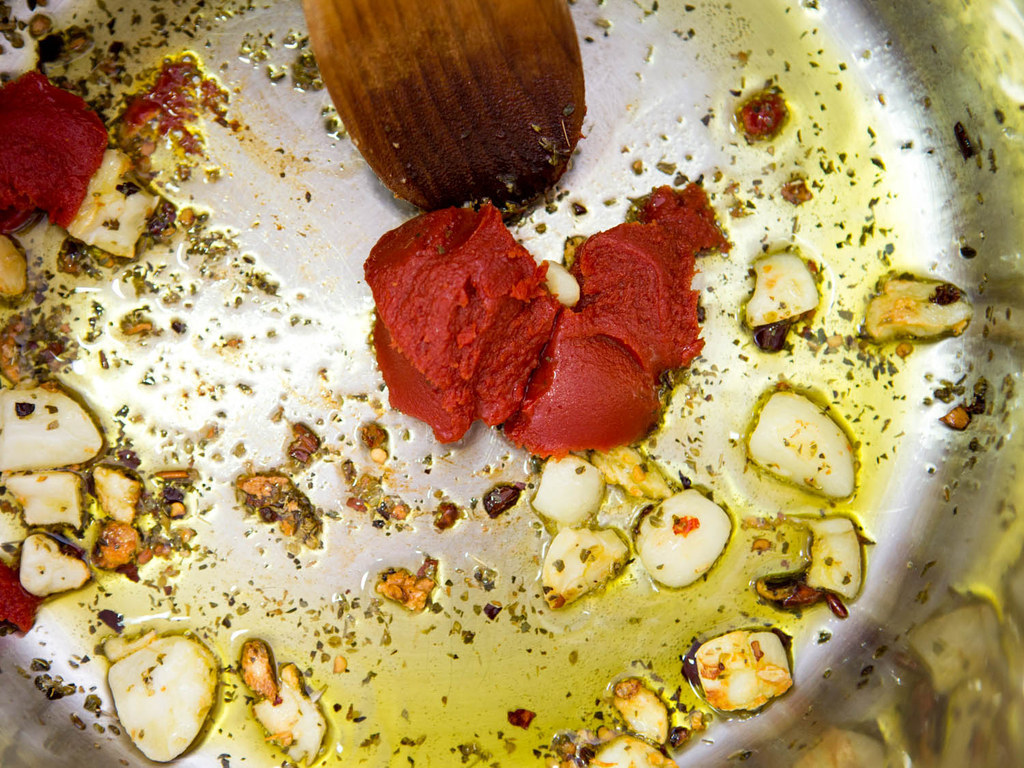
16. If you're frustrated with wilted greens, try prepping them with a salad spinner or storing them with produce sheets.

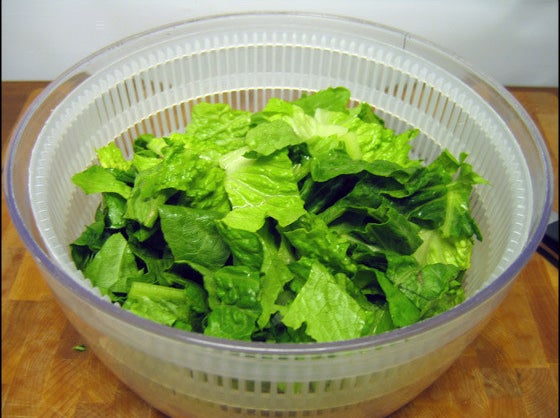
Your salad greens will last much longer and it's much cheaper to get whole heads rather than bags of greens. As for the produce-lasting aids, you can try these reusable bags or these fridge liners.
17. When in doubt, roast things: veggies, potatoes, garlic, herbs, and anything else you want to eat.
